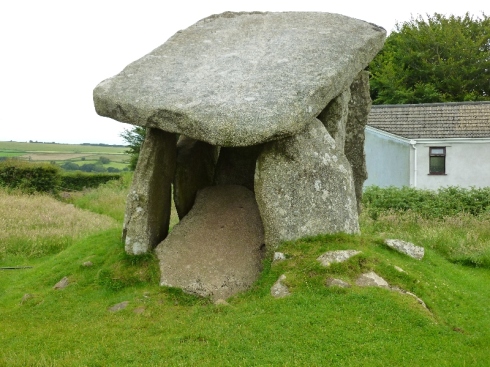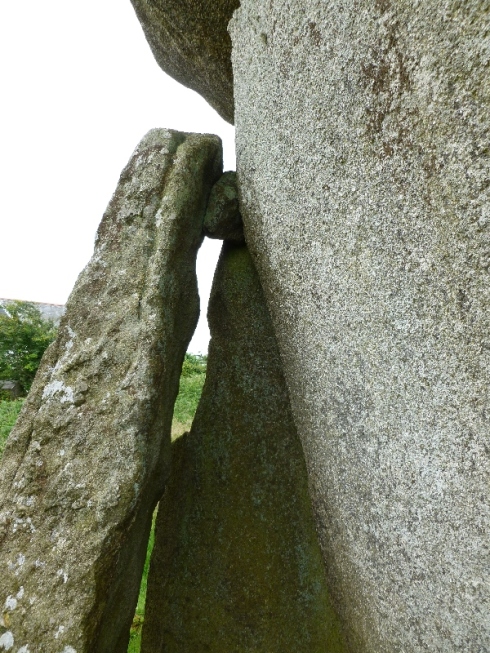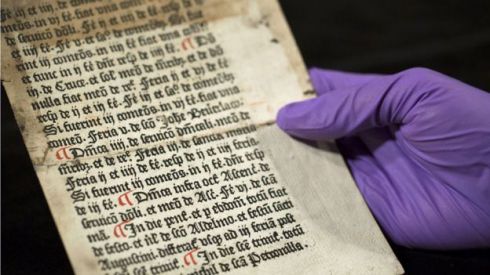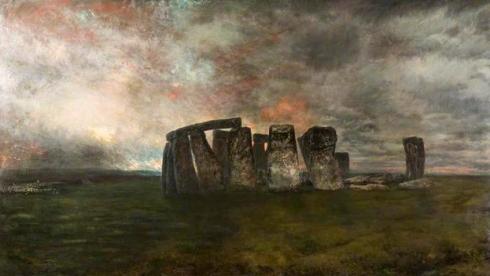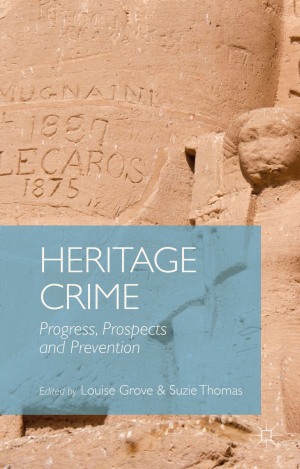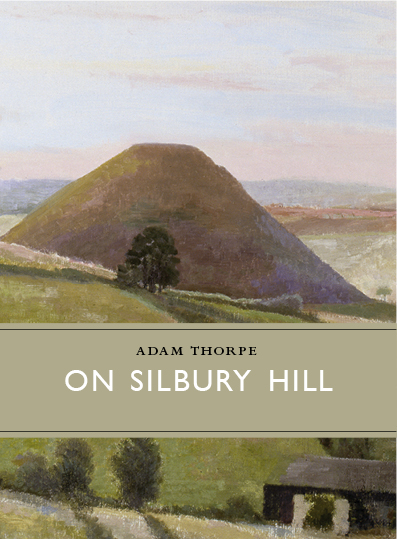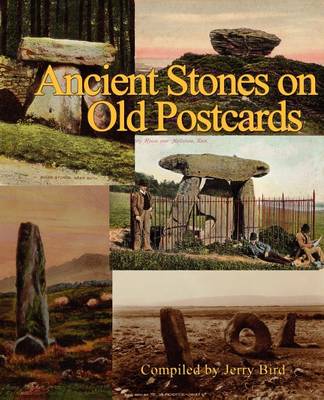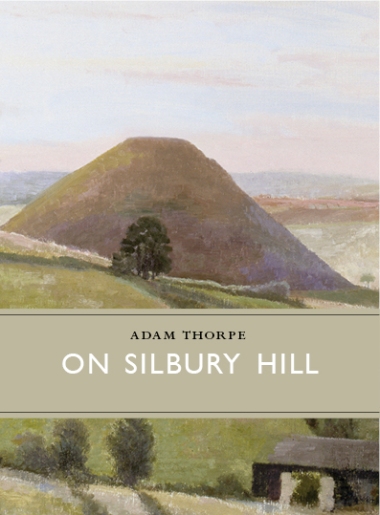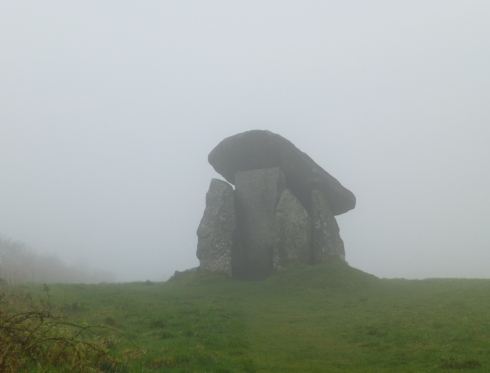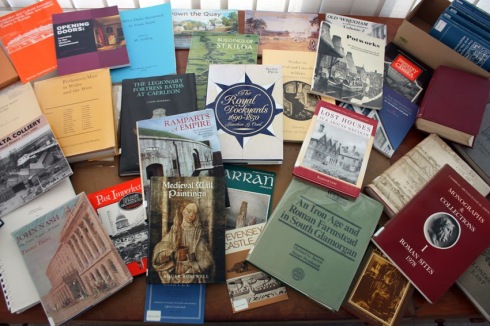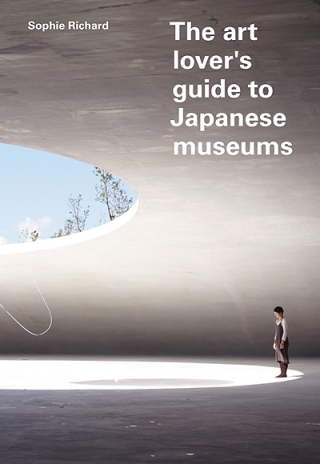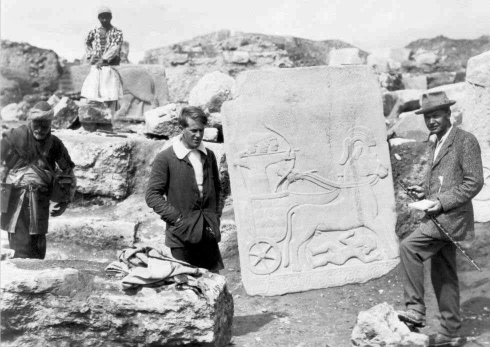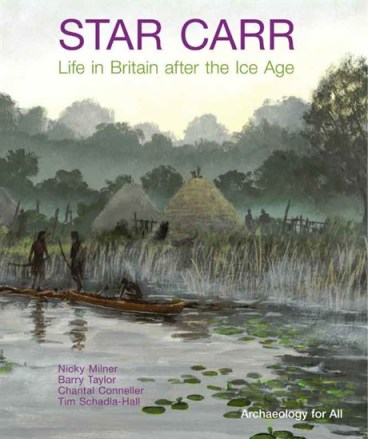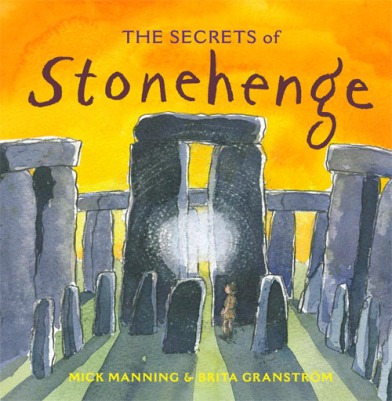You are currently browsing the category archive for the ‘Books’ category.
Here is a video of the damage to the site created by farm machinery and horses with no concern shown to the quoit in the slightest
©
Roy Goutté
Not Before Time…
After what seems an age, East Cornwall’s Jewel in the Crown site Trethevy Quoit, a portal dolmen, has finally been placed on the Heritage At Risk Register by English Heritage.
In my book Trethevy Quoit: Cornwall’s Megalithic Masterpiece, I warned of the possibilities of the quoit collapsing sooner rather than later if it wasn’t protected more from stock eroding its supporting base coupled with the movement of the front closure stone that is being pushed out alarmingly by the massive capstone. The later placing of a leaning stone to the front of the quoit has been misunderstood for years as ‘forming a porch’ when in fact it has been vital to the structure to prevent the closure stone from moving out further. This can only go on for so long as the support is now all but done!
Trethevy Quoit from the rear showing it listing as the main supporting front closure leans perilously outward
©
Roy Goutté
It makes my blood run cold when I see local children and holidaymakers climbing inside the rear of the tomb and sitting on a leaning divider that is resting against that heavily leaning closure stone putting added pressure on it. Whole families sit on the stone while a family photograph is taken and children enter the front chamber and crawl under said stone – and there is nothing to stop them. It is a disaster waiting to happen.
Fortunately, since the publication of my book, the field housing the dolman has been bought by The Cornwall Heritage Trust. When the site came up for sale Historic England helped to safeguard it by giving a £19,000 grant to the trust to purchase the field. It is now working with the trust and English Heritage to improve the site, protect the monument and ensure that it can still be enjoyed by local people and visitors. I sincerely hope that its stability is prioritised first above everything else and the monument shut down to visitors until that is complete. A simple temporary wire fence with signage surrounding the monument would suffice I’m sure and still allow the public to view it. Whatever, I’m sure the trust will do the right thing and safeguard this remarkable construct that our great ancestors bequeathed to us to marvel at and hopefully will still do for many generations to come.
Trethevy Quoit
©
Roy Goutté
The main supporting orthostat, the front closure stone to the right, is leaning out 56cm (22″) out of the perpendicular. Being only 3m.10cm tall (10ft 3inches) that is some lean and very close to the point of no return IMO. To the left is the added buttress with a granite block between it and the closure stone. It can only support so much. Urgent intervention is required. In my opinion the buttress stone came from a former position in the construct and is documented.
Roy Goutté
Please also see Chris Matthews’ report in CornwallLive here.
Recently revealed, a rare William Caxton printed manuscript circa 1476
Image credit University of Reading
Sean Coughlan, Education correspondent for BBC News, reports today on the recently revealed rare William Caxton printed manuscript dating from around 1476 –
Pages printed more than 500 years ago by William Caxton, who brought printing to England, have been discovered by the University of Reading.
There are no other known surviving examples of these two pages anywhere in the world, from a book believed to have been printed in London in the 1470s. The pages had been “under their noses” unrecognised in the library’s archives.
Erika Delbecque, special collections librarian at the university, described the find as “incredibly rare”. The two pages, with religious texts in medieval Latin, were produced by Caxton at his pioneering printing works in Westminster – and are now going on public display for the first time since they were sold from his print shop in the 15th Century. They are believed to be from the earliest years of Caxton’s printing press, either 1476 or 1477, and are being hailed as a remarkable discovery.
The pages will go on public display from today to 30 May at the Museum of English Rural Life at the University of Reading, England.
More here.
Heritage Crime: Progress, Prospects and Prevention
Heritage crime is an area of growing interest for scholars, but also for enforcement agencies and heritage managers, as well as the communities affected. Whether it is the looting of cultural objects, theft of lead from churches, or vandalism of historic monuments, this timely collection brings together debate and international examples to demonstrate the diversity but also commonality of heritage crime across the globe.
Table of Contents
Foreword by Mark Harrison FSA, National Policing and Crime Advisor, English Heritage and Honorary Research Fellow, University of Kent, Great Britain.
1. Introduction; Suzie Thomas and Louise Grove
Section I: Heritage Crime around the World
2. South African Perspective on Thefts from Museums and Galleries: 2006-2010; Bernadine Benson and Henri Fouché
3. Archaeological Heritage in Peru: Definitions, Perceptions and Imperceptions; Henry Tantaleán
4. Forestry as Heritage Crime: Finland; Vesa Laulumaa
5. Archaeological Heritage Crimes in Romania and Moldova: A Comparative view; Sergiu Musteata
6. Threats to Cultural Heritage in the Cyprus Conflict; Sam Hardy
Section II: Tackling Heritage Crime
7. A Situational Approach to Heritage Crime Prevention; Louise Grove and Ken Pease
8. Understanding and Preventing Lead Theft from Churches: A Script Analysis; Victoria Price, Aiden Sidebottom and Nick Tilley
9. Understanding and Attitudes – Heritage Crime in Norway; Brian Kristian Wennberg
10. Developing Policy on Heritage Crime in Southern Africa; Helene Vollgraaff
11. Improving the Treatment of Heritage Crime in Criminal Proceedings: Towards a Better Understanding of the Impact of Heritage Offences; Carolyn Shelbourn
12. The Global Trade in Illicit Antiquities: Some New Directions?; Kenneth Polk
13. Conclusion; What’s the Future for Heritage Crime Research?; Suzie Thomas and Louise Grove
Published this month by Palgrave Macmillan. Details here.
On Silbury Hill by Adam Thorpe
Book of the Week on BBC Radio 4 this week is Adam Thorpe’s On Silbury Hill (see our earlier feature here).
The novel pays personal tribute to the Neolithic monument. The base of Silbury Hill covers five acres of Wiltshire turf that has not seen the daylight for 4,300 years. Adam Thorpe has known the place since he was 13 years old. Abridged by Jill Waters. Read by Philip Franks. Broadcast daily from 9:45am – 10:00am.
Ancient Stones on Old Postcards by Jerry Bird
Victorian and Edwardian age postcards of Old Stone monuments and prehistoric remains in the English countryside presented for the first time. Every page has a full-size reproduction of an original card with an essay on the subject shown and map references and description of how to find the site arranged by areas. Written with enthusiasm and full of lively commentary, descriptions of both famous and little-known sites are enhanced with local mythology, superstitions and folklore. These are the best from Jerry Bird’s classic collection which he has spent a lifetime building. For the traveller to England this will be an ideal companion for the Antiquarian explorer, Pilgrim or Druid, as well as the everyday enthusiast.
A beautiful book based on a splendid idea: Ronald Hutton.
Will delight the intrepid antiquarian: Geoff Ward, author of Spirals.
Paperback. 226 pages. Published in 2011 by Green Magic. ISBN 9780956188632.
Heritage of Wales News announces that –

